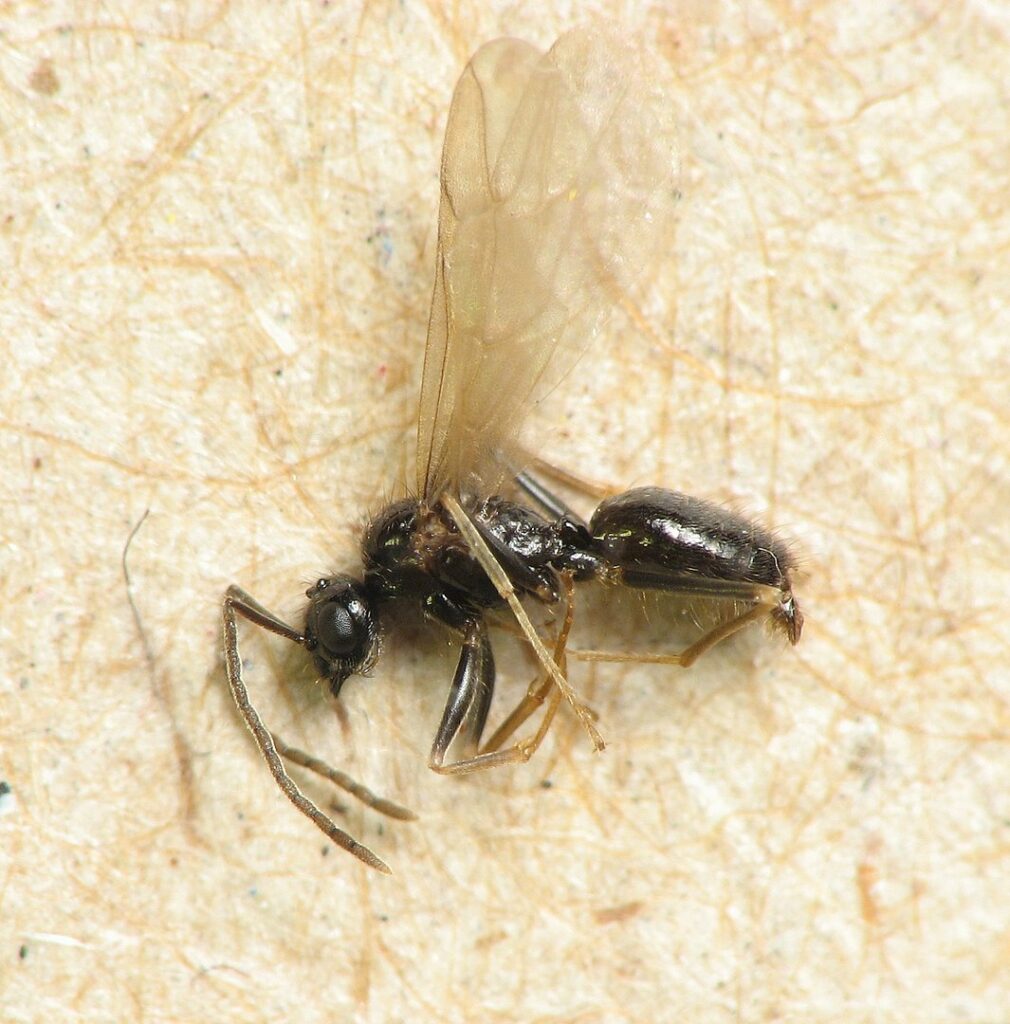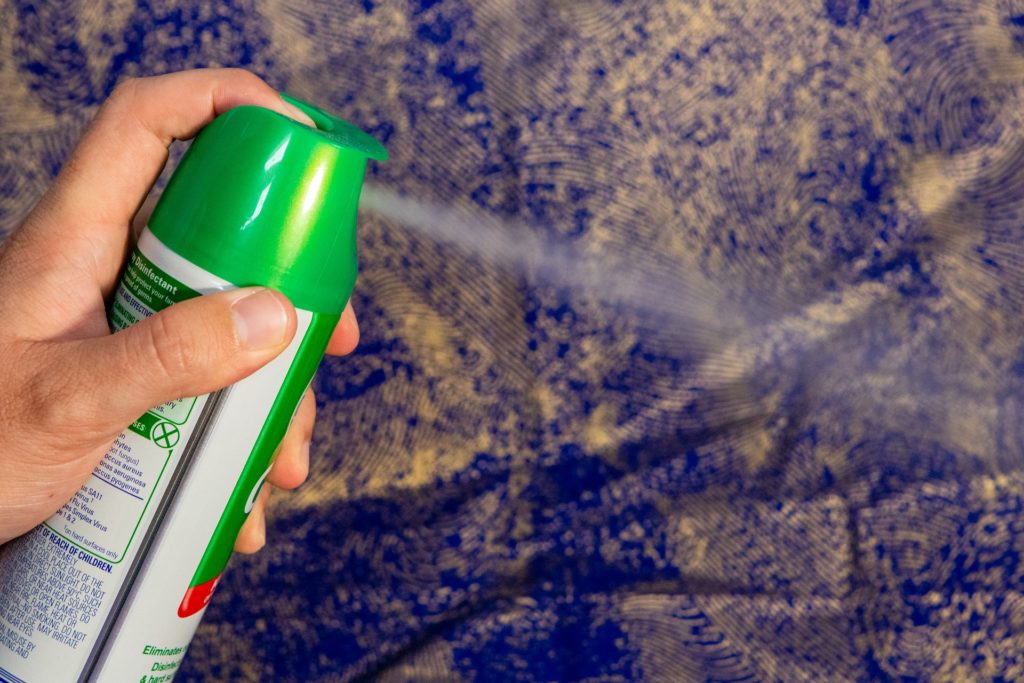You almost always see flying ants circling and flying around light sources. This is why many people automatically assume that flying ants are attracted to light. But this is not entirely accurate. So, are flying ants attracted to light?
Flying ants and light
- Flying ants are not necessarily attracted to light. Like many insects, flying ants use natural lights like the sun, moon, and stars as navigational tools. And do you know what looks similar to these natural light sources? That’s right — the artificial lights you have at home. If you see flying ants around your lights, it doesn’t necessarily mean that the insects are attracted to them. They may just be confusing your artificial lights with the natural lights they use to navigate.
- Flying ants may be in your home for other reasons. Sure, you may have flying ants at home because they happen to be “attracted” to your artificial lights. But there may also be other reasons why they are on your property. The strongest reason is the availability of resources. If food and water are readily available on your property, don’t be surprised if you see a sudden swarm of flying ants. Remember that ants in general are industrious foragers. They will relentlessly look for food and water around their nest.
- You may have an ant nest nearby. Flying ants are mature ants ready to reproduce. They go out of their nest to look for a mate. If you see these insects around your property, it’s safe to assume that there is an ant nest nearby. You better act quick to prevent the ant nest from thriving. After all, it has ants that are ready to reproduce to make the colony even stronger. It’s not enough to simply kill the flying ants you see around. You have to find the ant nest and get rid of it.

Flying ants and misconceptions
- Flying ants are not a separate ant species. Most people think that flying ants are a unique ant species. But this is not true. Flying ants are just the mature ants of a colony ready to reproduce. They can be any kind of ant species. Flying ants are not just annoyances. They are warning signs that an ant nest nearby is ready for the mating season. This should concern you because more ants on your property means more opportunities to be a general annoyance. They can pick on your food, bite or sting you, or destroy the structural integrity of your home, depending on the ant species.
- Flying ants are often confused with flying termites and termite swarmers. Ants and termites are often confused with each other. After all, their physical characteristics and sizes are very identical. But they have a few key differences that separate them from each other. Flying ants have bodies with three segments, with their waists being very narrow. Their front wings are longer than their back wings. On the other hand, termites have bodies with two segments, with their waists being significantly thicker than those of ants. Their front and back wings also have the same lengths. It’s important to know what kind of pest you have at home. Different pests require different pest control methods. For instance, termites may require incredibly invasive methods like termite fumigation.
- Flying ants are not dangerous. Ants in general are just nuisance pests. They don’t pose great health risks, but you do need to look out for ant attacks, food contamination, and structural damage. Some ant species are simply more dangerous and destructive than others. For instance, fire ants are bad news because fire ant bites and stings are painful. They can also lead to allergic reactions. Carpenter ants are just as bad, but for entirely different reasons. They excavate through the wooden parts of your home, causing severe structural damage.
How to get rid of flying ants
- Get rid of the ant nest. If you want to get rid of flying ants, well, you have to get rid of the ant nest they call home. A great way to do this is through the use of ant baits or insecticides. Ant baits are particularly effective because they are able to infiltrate deep within the nest and potentially kill the queen. But be careful of sprinkling ant baits throughout your home, especially if you have children and pets. They may have ingredients like boric acid that can also be toxic to humans and animals. If you want to get rid of ants without thinking of these risks, you can simply call pest control professionals and let them handle the problem.
- Get rid of ant attractors. Flying ants may not be necessarily attracted to light. But the fact still remains that the artificial lights you have at home may end up being surrounded by flying ants because the insects confuse them with the natural lights they use for navigation. Simply turning the lights off may help with your problem. You can also store food and water properly, clean up immediately after eating, and keep your garbage cans empty.
- Close all entry points. The accessibility of your home is another factor why you have flying ants. Doors and windows are the obvious culprits. Keep them closed as much as possible, so flying ants don’t use them as entry points. But there are other entry points that are more subtle, such as the cracks and holes in your walls and the small gaps between your windows. Seal these cracks and holes and install weather strips on your windows.

Flying ants are not necessarily attracted to light
No, flying ants are not necessarily attracted to light. You just see flying ants around light sources because they may confuse these with the natural lights they use to navigate. There may be other reasons why you have flying ants at home. Food and water may be too accessible on your property. An ant nest may also be thriving nearby.
The best way to get rid of flying ants is to get the help of pest control professionals. But if you want to do it yourself, you can try ant baits and insecticides. Just remember that these products contain ingredients that can also be harmful to you and your family. Make sure to follow instructions to ensure their safety and effectiveness.

